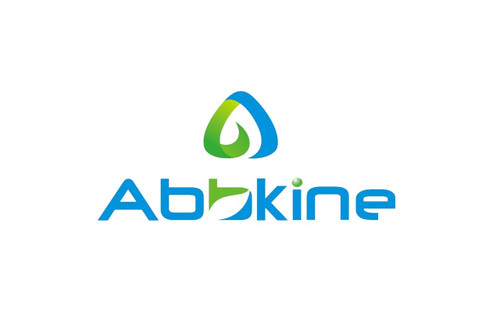Product Description
Human RNA-binding protein 8A (RBM8A) ELISA Kit | AE22695HU | Abebio
Species Reactivity: Human (Homo sapiens)
Abbreviation: RBM8A
Alternative Name: BOV-1A; BOV-1B; BOV-1C; MDS014; RBM8; RBM8B; Y14; ZNRP; ZRNP1; RNA binding motif protein 8B|binder of OVCA1-1|ribonucleoprotein RBM8
Application: ELISA
Range: 0.156-10 ng/mL
Sensitivity: 0.063 ng/mL
Intra-Assay: ≤4.7%
Inter-Assay: ≤8.7%
Recovery: 0, 98
Sample Type: Serum, Plasma, Other biological fluids
Detection Method: Sandwich
Analysis Method : Quantitive
Test Principale: This assay employs a two-site sandwich ELISA to quantitate RBM8A in samples. An antibody specific for RBM8A has been pre-coated onto a microplate. Standards and samples are pipetted into the wells and anyRBM8A present is bound by the immobilized antibody. After removing any unbound substances, a biotin-conjugated antibody specific for RBM8A is added to the wells. After washing, Streptavidin conjugated Horseradish Peroxidase (HRP) is added to the wells. Following a wash to remove any unbound avidin-enzyme reagent, a substrate solution is added to the wells and color develops in proportion to the amount of RBM8A bound in the initial step. The color development is stopped and the intensity of the color is measured.
Product Overview: RBM8 encodes a protein with a conserved RNA-binding motif. The protein is found predominantly in the nucleus, although it is also present in the cytoplasm. It is preferentially associated with mRNAs produced by splicing, including both nuclear mRNAs and newly exported cytoplasmic mRNAs. It is thought that the protein remains associated with spliced mRNAs as a tag to indicate where introns had been present, thus coupling pre- and post-mRNA splicing events. Previously, it was thought that two genes encode this protein, RBM8A and RBM8B; it is now thought that the RBM8B locus is a pseudogene. Two alternative start codons result in two forms of the protein, and this gene also uses multiple polyadenylation sites.
Stability: The stability of ELISA kit is determined by the loss rate of activity. The loss rate of this kit is less than 5% within the expiration date under appropriate storage condition. The loss rate was determined by accelerated thermal degradation test. Keep the kit at 37°C for 4 and 7 days, and compare O.D.values of the kit kept at 37°C with that of at recommended temperature. (referring from China Biological Products Standard, which was calculated by the Arrhenius equation. For ELISA kit, 4 days storage at 37°C can be considered as 6 months at 2 - 8°C, which means 7 days at 37°C equaling 12 months at 2 - 8°C) .
 Euro
Euro
 USD
USD
 British Pound
British Pound
 NULL
NULL








